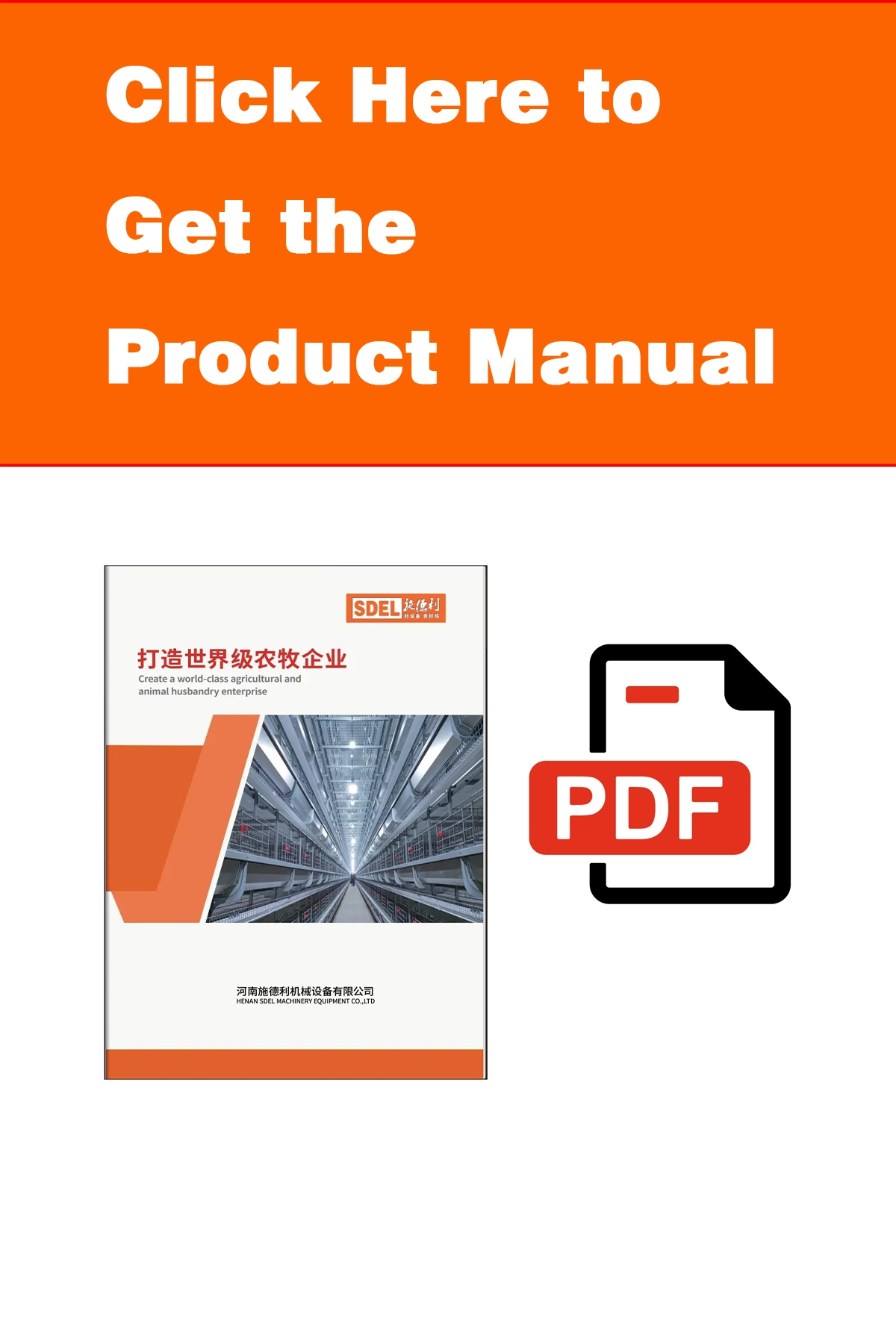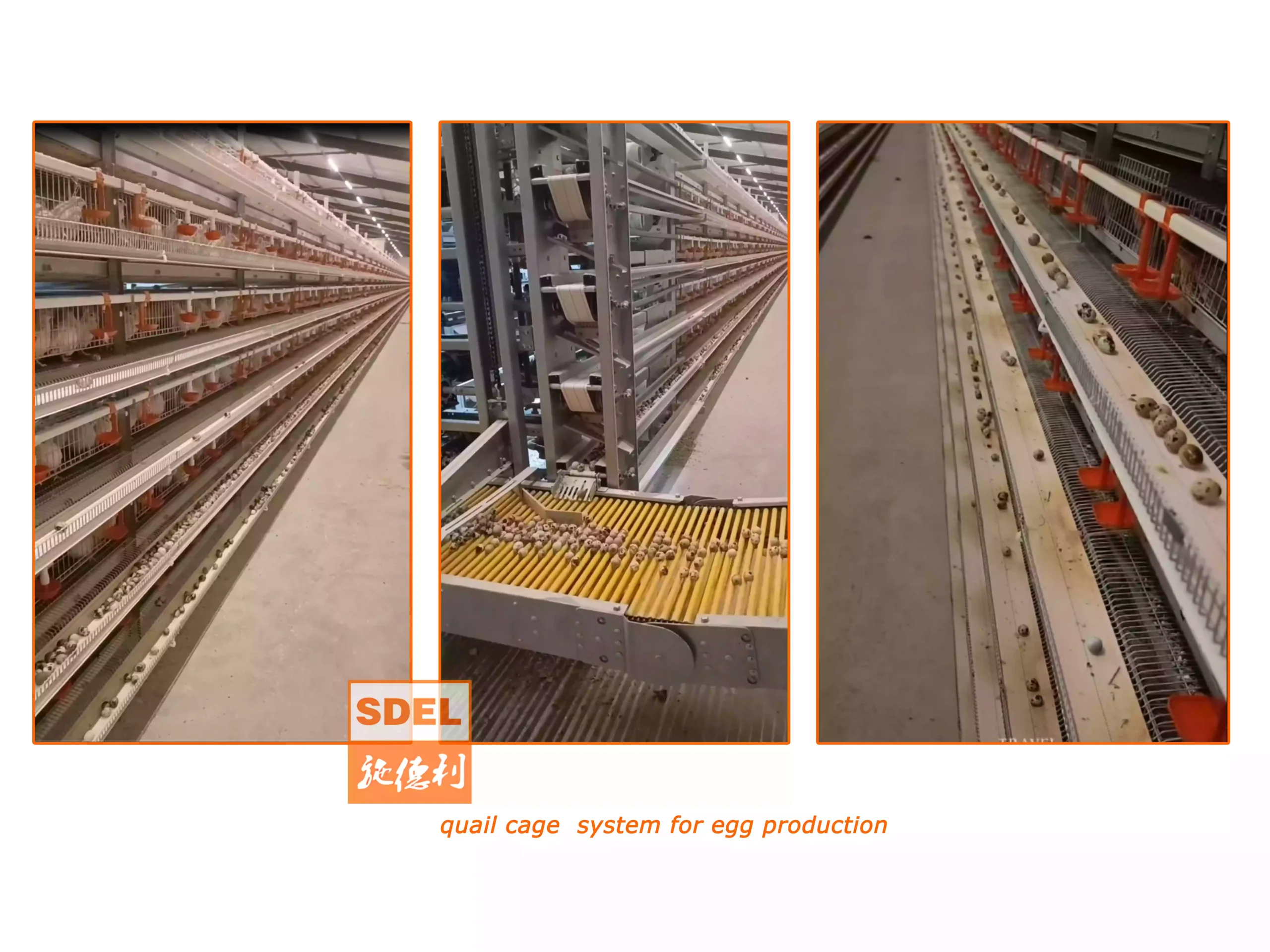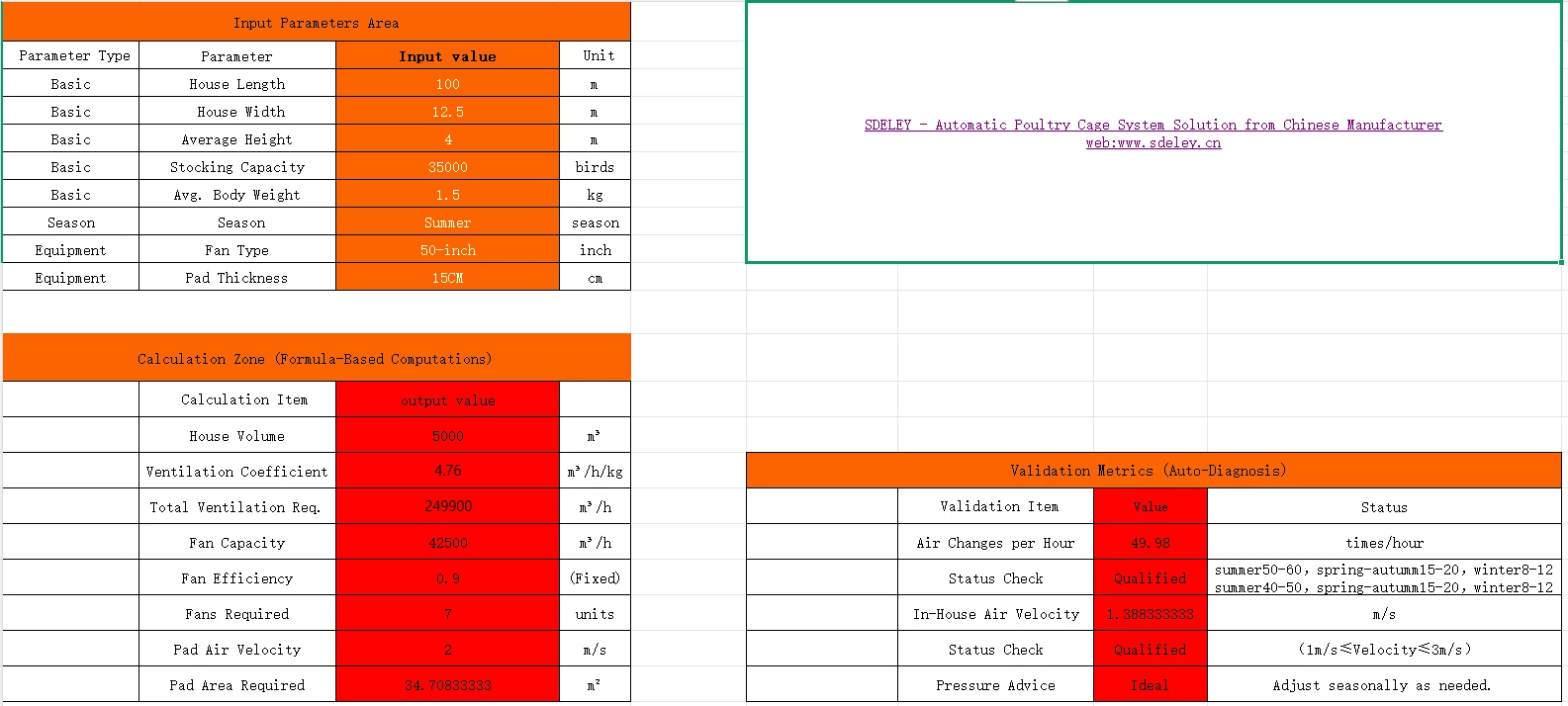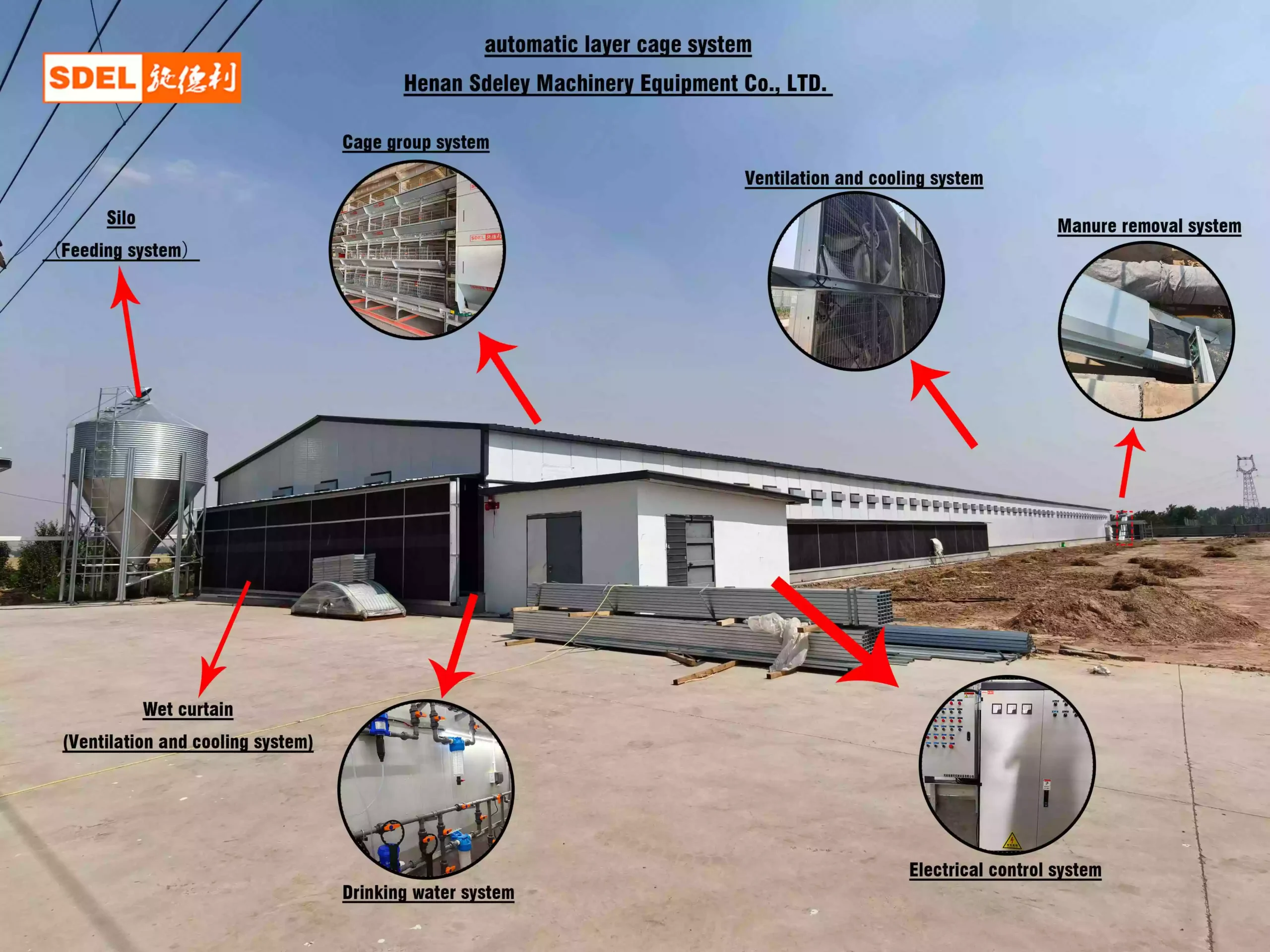Complete Guide to Layer House Equipment Systems
Design, Installation & Efficiency Standards
Introduction
The layer house equipment system comprises Cage Group Systems, Feed Silo & Feeding Systems, drinking systems, ventilation & cooling systems, lighting systems, manure removal systems, egg collection & central conveying systems, and control systems. Designed for water/energy conservation, improved environment, easy disinfection, labor efficiency, stress reduction, and disease prevention, this guide details critical considerations for procurement, design, and installation.
1. Cage Group System
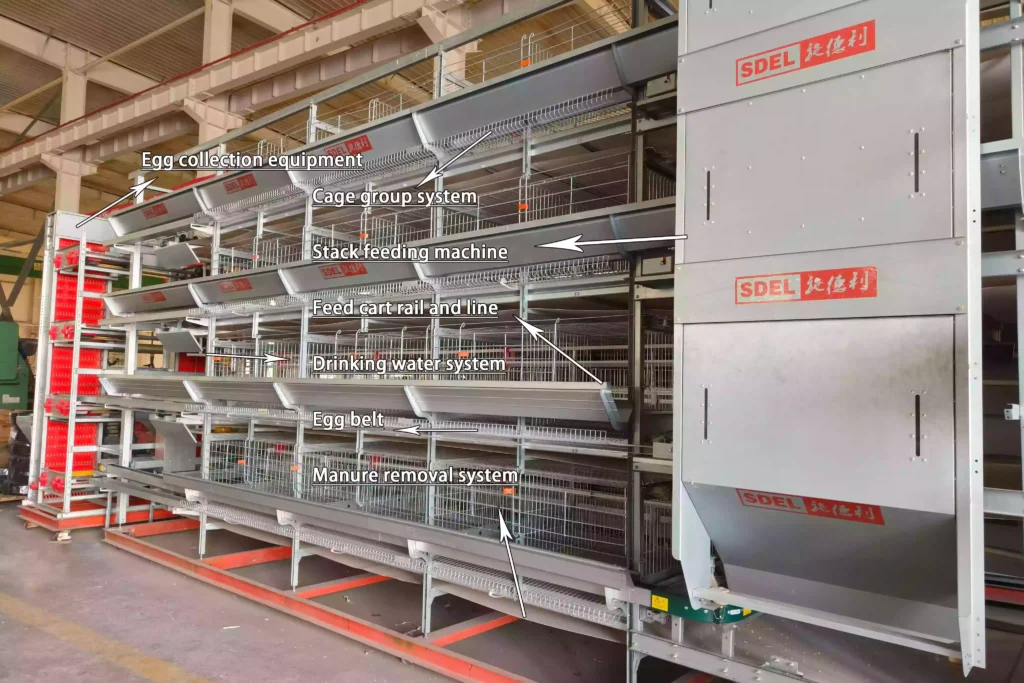
Core Standards
- Material: Hot-dip galvanized steel frames, alloy wire mesh floors (20+ year lifespan)
- Critical Details:
- Smooth zinc coating (no burrs)
- Elastic floor mesh with optimal slope
- Secure cage doors
- Seamless trough joints
- Egg roll nets with flat transitions
- Feather-friendly feeding grid spacing (≥7cm/bird)
- Anti-deviation manure belts
- Egg breakage rate <0.5%
- Tier Height: 690mm recommended (vs. 568/600mm) for enhanced airflow
- Density: ≥490 cm²/bird (Hy-Line Brown)
Visual Reference:
- High-clearance cages (690mm) → ↑Air velocity for summer cooling
- Low-clearance cages (600mm) → Limited thermal regulation
2. Feed Silo & Feeding System
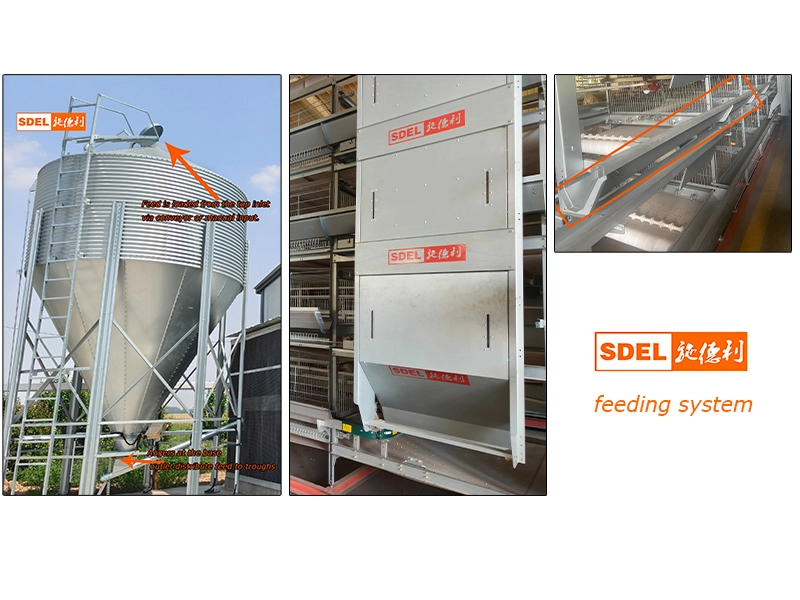
Components & Specs
| Subsystem | Requirements |
|---|---|
| Feed Conveying | Silos, augers, hoppers, drives + fault alarms |
| Feeding Methods | Broadcast, chain, spiral, or back-hopper systems |
| Troughs | Hot-galvanized/SS construction; bird-capacity optimized hoppers |
| Levelers | Adjustable by feeding phase; travel speed: 3-6 m/min |
| Silos | 3-day capacity (0.65t/m³ density); corrugated galvanized steel; structural legs |
| Accuracy | ≤0.5% weighing error; UV-resistant conveying pipes |
3. Drinking System
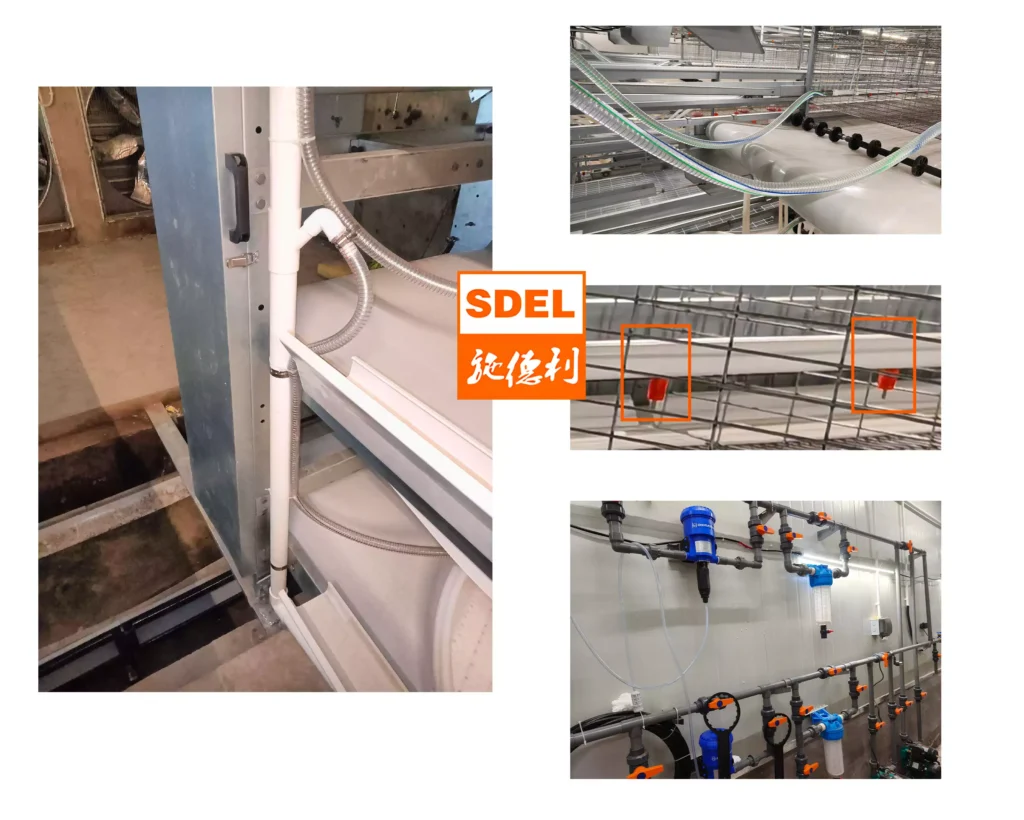
Smart Water Management
- Components: Tanks, pressure reducers, filters, meters, medicators, nipple drinkers (with catch cups), anti-perch devices
- Critical Features:
- Flow-regulated nipples (≥50ml/min)
- Multi-stage filtration
- Proportional dosing (pressure-independent)
- Sectional control + low-pressure alarms
- Thermal-expansion resistant joints
- End-line visibility tubes
4. Ventilation & Cooling System

Wet Pad-Fan System (Most Efficient)
- Pad Specifications:
- Location: Clean zone sidewalls (>3m from cages)
- Height: 0.4-0.6m above floor + air deflectors
- Water Quality:
- pH 6-9; hardness <40000ppm mixed salt
- Algae prevention: Covered reservoirs + daily drying cycles
- Sizing Formulas:
- Fans = Total Airflow (m³/h) ÷ [Single Fan Capacity (m³/h) × Efficiency Factor (0.9)]
- Pad Area (m²) = Total Airflow (m³/h) ÷ [3600 × Pad Air Velocity (m/s)]
- Example: 10,000 birds @40°C → 3 fans (50″) + 20m² pads
You can refer to this article for reference:
《Comprehensive Design Guide for Layer House Ventilation Systems》
5. Lighting System
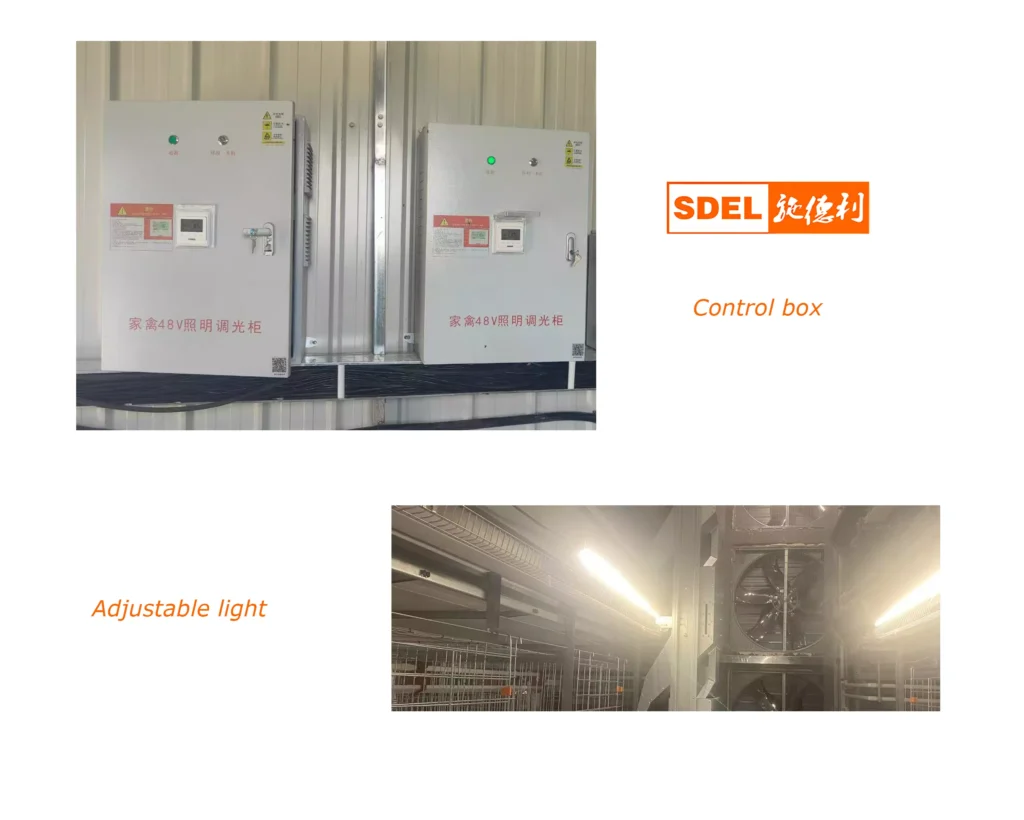
Precision Control
- Components: Dimmable LED fixtures (10-20W), IP67 waterproof connectors, NH3-resistant
- Key Parameters:
- 1-100% dimming + red/blue spectrum switching
- Fixture spacing: 3m (staggered heights)
- Biological Impacts:
- ⚠️ Avoid 50Hz flicker (causes stress/pecking)
- Blue light: Calming (broilers)
- Red light: Stimulates egg production
6. Manure Removal System
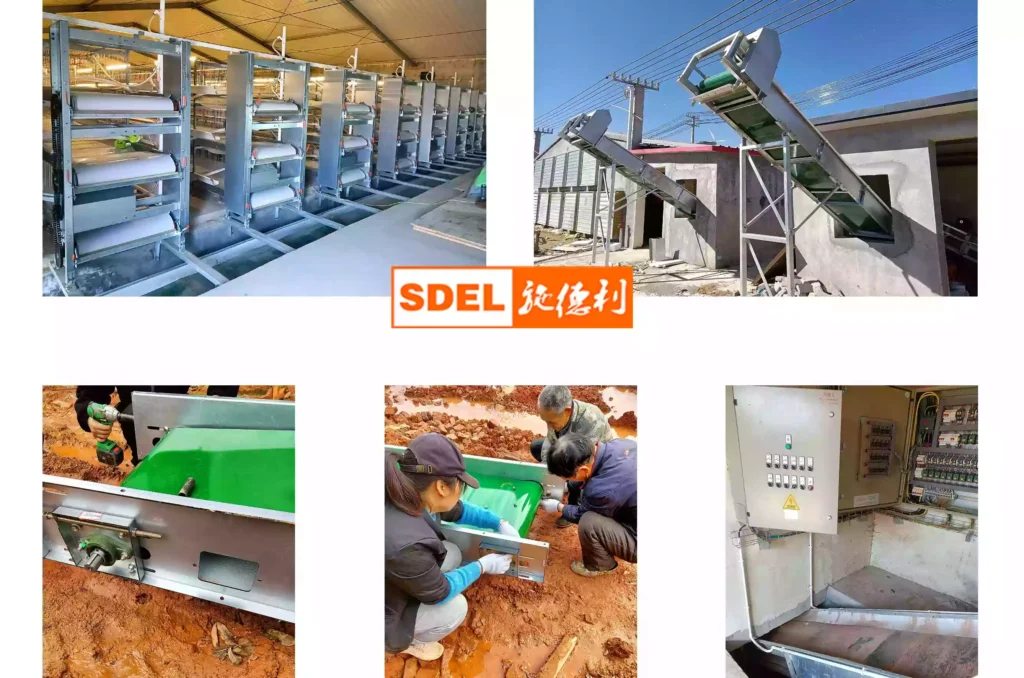
- Belt speed: 3-5 m/s → 20-30 min/100m house
- Critical: Belt tension control to prevent deviation
7. Egg Collection & Conveying System
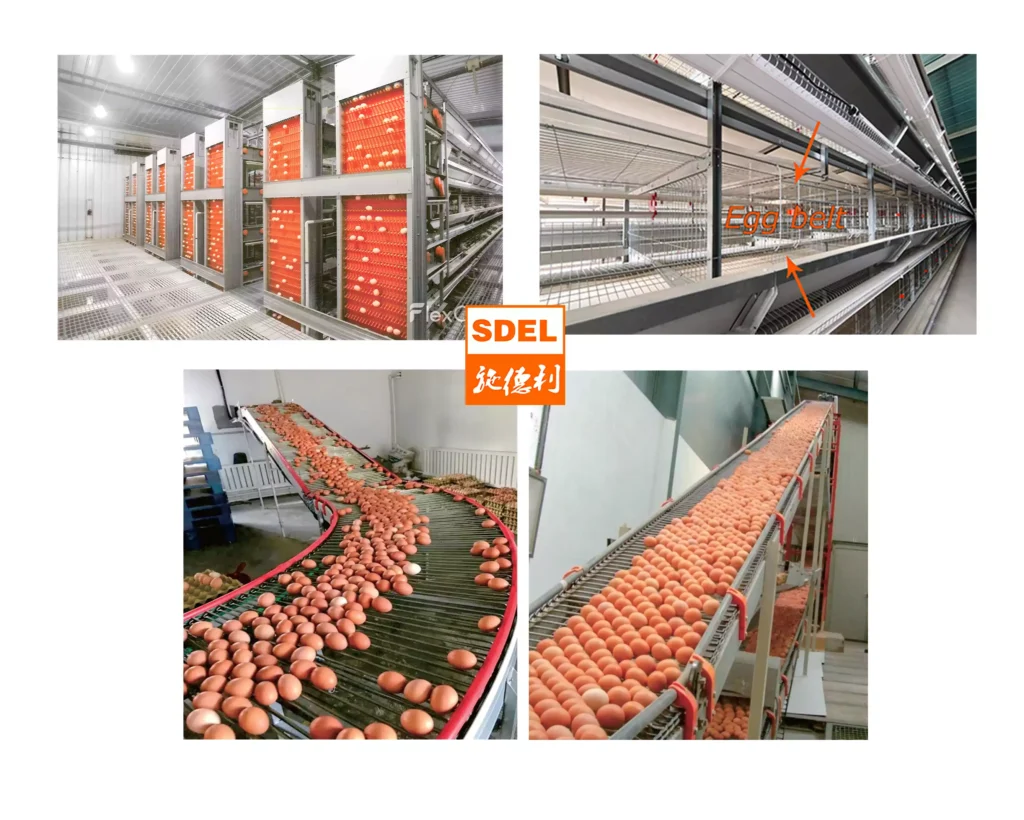
Automated Workflow
- Components: Cage belts → In-house collectors → Central conveyors → Grading
- Specifications:
- Cage belt speed: 1 m/min
- Main line speed: 5-6 m/min
- ±0.5% counting accuracy
- Fault auto-detection (e.g., belt detachment)
- Installation: Elevated central lines + accessible service points
8. Smart Control System

Integrated Monitoring
- Core Functions:
- Real-time alerts (temp/gas/sensor faults)
- Data logging (feed/water/egg production)
- Environment control (light/ventilation automation)
- Centralized farm management (PC/mobile)
- Automation:
- Dynamic inlet/ventilation adjustment
- Wet-pad activation logic
Technical Compliance:
ISO 15999 Poultry Equipment Standards | ASABE EP484.2 Ventilation Guidelines

